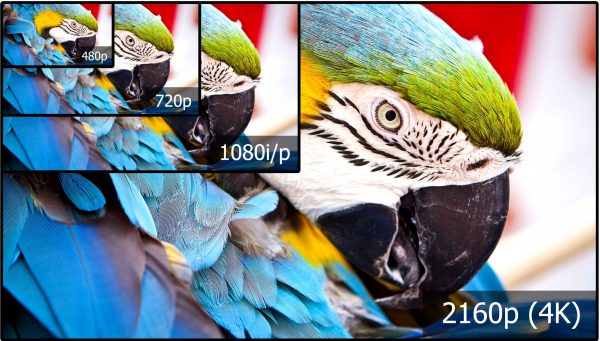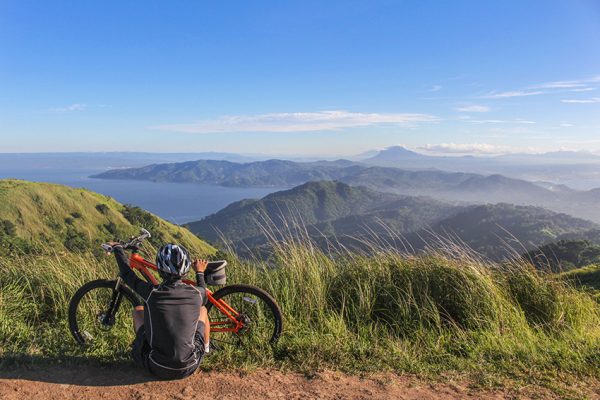Pixels, Pixels Everywhere, But How Many do we Need for Good Video Quality? Have you ever wondered how video quality is quantified and how to get the best resolution for social media and training videos? Many parameters come into play, with the following being important:
- Resolution
- Dynamic or tonal range
- Colour fidelity
- Level of artifacts
In this blog we’ll cover the importance of resolution and dynamic range.
Resolution
Resolution is measured in pixel count, usually indicated by the width and height of the viewing screen, or capture device, in pixels. One example being high-definition television at 1920 x 1080 pixels.
While resolution is often synonymous with video quality, focusing on it alone ignores other factors like the performance of the camera and downstream video processing, both of which affect resolution. Specifically, the amount of colour data (or bit depth) which is captured, processed, and displayed on the viewers screen will impact the viewing experience.
Okay, so the big question is: 720p or 1080p?
And the answer is, it depends on the situation; specifically, internet speed and screen size are important things to consider. If you’re streaming Netflix to a large TV screen then 1080p or more is ideal. If you’re streaming social media or educational content over 5G/4G, or mobile internet connection, to a small mobile device screen – then 720p would give you the better viewing experience (with reduced download times meaning less or no buffer face (!))

Dynamic Range
relates to the ability of the imaging system to reproduce tones from peak white down to black. The camera will have limits as to the brightest white it can capture before saturation or clipping. The camera will also have a noise floor, which will limit the darkest black it can capture. The difference between the peak white and darkest black detail is the dynamic range.
A high dynamic range (HDR) image is created when the colour and light data from several images taken at different exposure levels is averaged by specialist software to create an optimised image. These, often stunning images, represent light and shadow in a manner much closer to what the human eye can perceive. Understanding this can help you achieve the best resolution for social media and training video.

To find out more check out our YouTube page to look at the rest of the videos in our ProTips Series!

